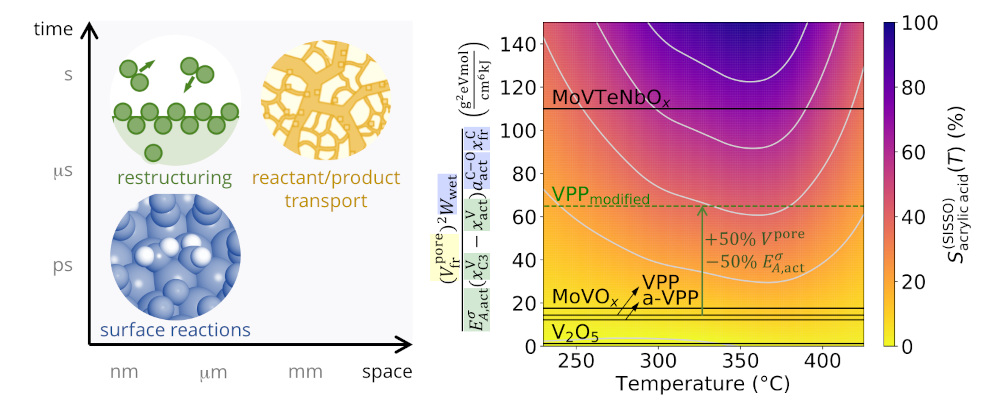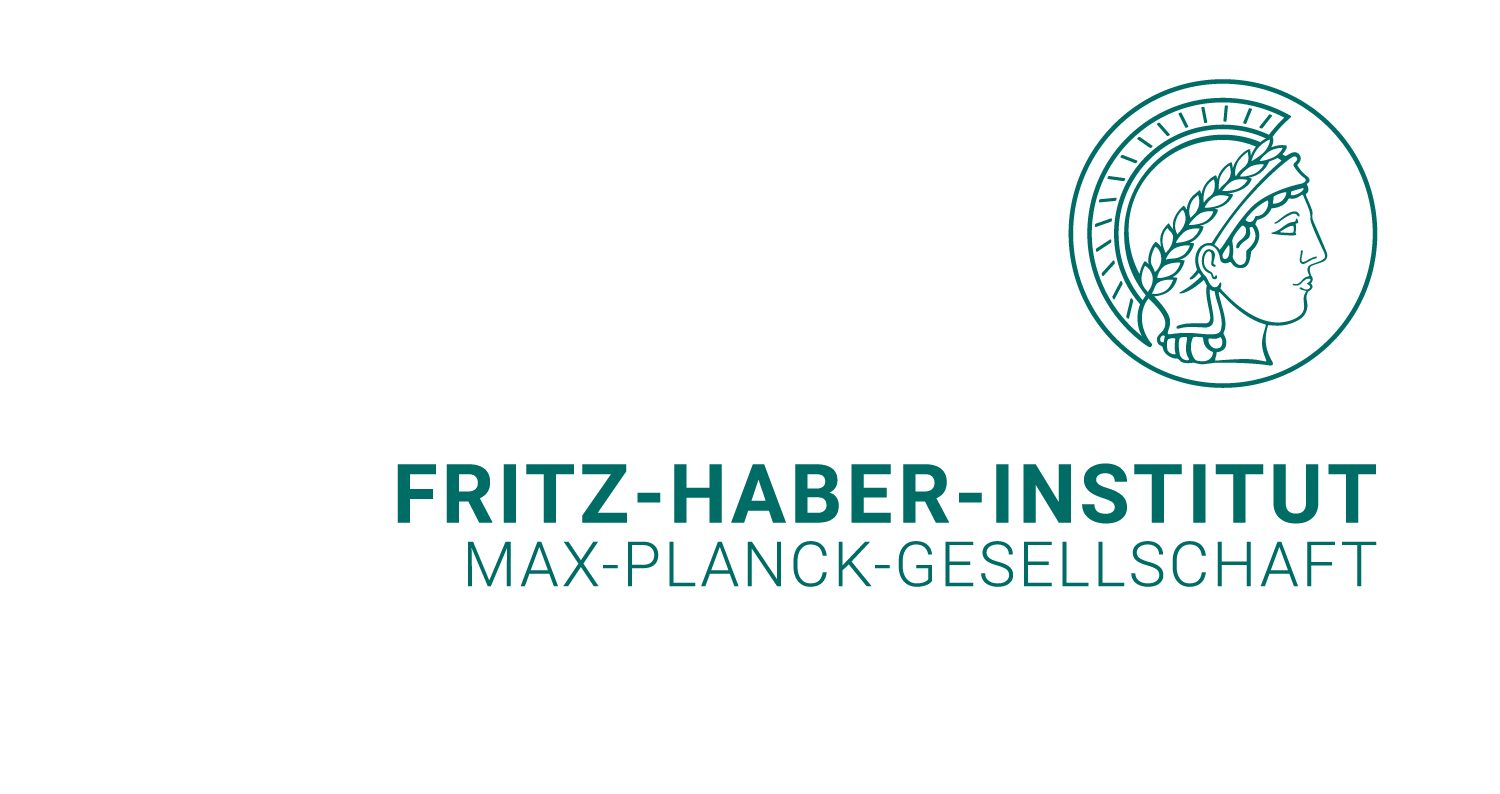Ab initio and Artificial Intelligence methods for heterogeneous catalysis
Lucas Foppa
Group- Home

Mission and research topics
Heterogeneous catalysis is a key technology for enabling the efficient and sustainable production of chemicals and fuels. Chemical reactions catalyzed by solids are, nevertheless, governed by a concerted and intricate interplay of multiple processes at different scales. The complex bond-breaking and -forming reaction networks on the catalyst surface, the dynamic restructuring of the material under reaction conditions, and the transport of reactants and products to/from the catalytic surface are some of these processes. The aim of our research is to develop workflows in which artificial intelligence (AI) is applied to address the intricacy of heterogeneous catalysis, thus accelerating catalyst design and understanding. Our strategy blends ab initio (ai) methods with the crucial experimental input, enabled by a collaborative network within academia and industry, to bridge the complexity between descriptive design parameters encoding the underlying processes, and catalyst performance.

Left: Intricacy and multi-scale challenge in heterogeneous catalysis: multiple process at different time and space scales play in concert to determine the formation of each reaction product. Right: Map of catalysts indicating the selectivity towards acrylic acid in propane oxidation catalyzed by vanadium-based materials. The horizontal lines show the nine catalysts used for deriving the map via the multi-task SISSO approach. The expression on the ordinate contains the key descriptive parameters reflecting the processes governing oxygenate formation. Adapted from: MRS Bulletin 46, 1 (2021).
Descriptors of catalytic performance from clean data and symbolic regression
Identifying the relationships between the materials physicochemical properties and the reaction conditions that determine the catalytic performance is critical for guiding catalyst design. To uncover such intricate correlations, we start from clean data, i.e. data generated by systematic, detailed and well-annotated experiments or first-principles calculations. In particular, the experimentally measured catalytic performance is used as target to circumvent the need for the explicit modelling of the full catalytic progression. To such clean data sets, symbolic-regression-based AI methods are applied to leverage the rather small number of materials accessed by experiment. The resulting analytical expressions enable to map the catalytic performance in terms of the key descriptive parameters, the materials genes of heterogeneous catalysis. These parameters highlight the processes that trigger, favor, or hinder the reactivity and are thus the most relevant ones to be measured or calculated and to be used for catalyst design

Intricate relationships between reaction and materials physicochemical parameters determine the catalytic performance. The critical role of the reaction environment is highlighted, since the catalytically active material is often only formed under reaction conditions and thus unknown
Learning catalyst design rules with subgroup discovery
Only very few of the known materials present high catalytic performance for a certain chemical reaction and are thus useful catalysts. The discovery of new catalysts therefore resembles the proverbial hunt for the needle in a haystack. In order to identify complex patterns particularly associated to statistically exceptional catalysts, we apply the local supervised rule-induction technique subgroup discovery to systematically generated data sets. We thus identify rules exclusively describing outstanding (sub)groups of catalysts, which rationalize the exceptional reactivity and suggest the most interesting materials that should be investigated next.

''Subgroup discovery of selective oxidation catalysts. Adapted from: ACS Catalysis 12, 2223 (2022) "
Group News
- 01.11.2023: Akram Abedi Orang (exchange PhD student from Isfahan University of Technology, Iran) joins the group in Berlin.
- 01.08.2022: Akhil Nair and Simon Teshuva (exchange student from Monash University) join the group in Berlin.
- 25.07.2022: Our hierarchical symbolic-regression AI approach to model complex materials properties and functions based on simple parameters has just been published in the Physical Review Letters.
- 04.10.2021: Our interpretable artificial-intelligence approach to heterogeneous catalysis, just published in the Materials Research Society Bulletin, has been highlighted on the Fritz Haber Institute webpage.
- 01.03.2021: Ray Miyazaki and Somayeh Faraji Nafchi join the group in Berlin.
- 01.03.2021: The group starts within the Novel Materials Discovery (NOMAD) Laboratory, in two locations at the Fritz Haber Institute and at the Humboldt University in Berlin.

